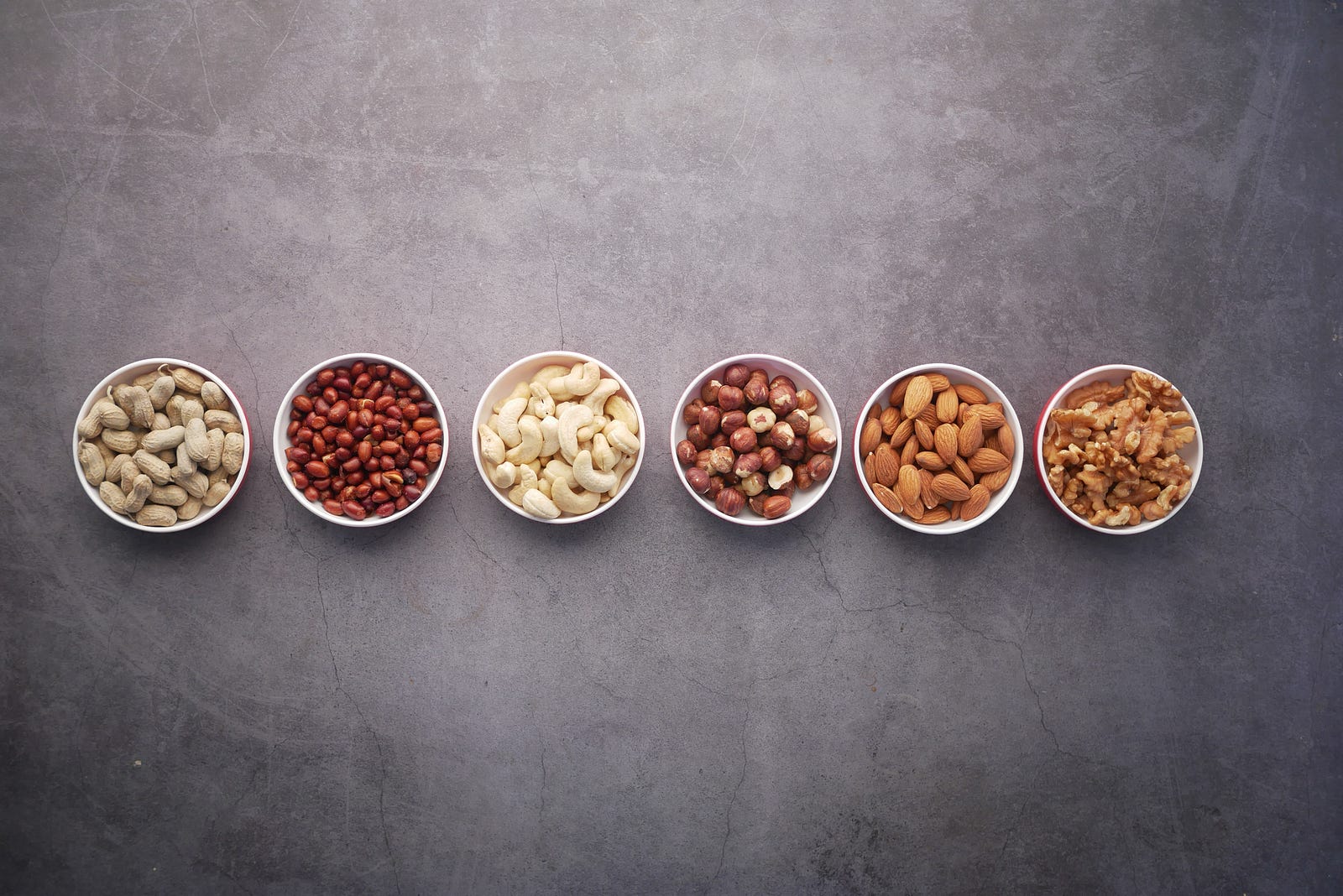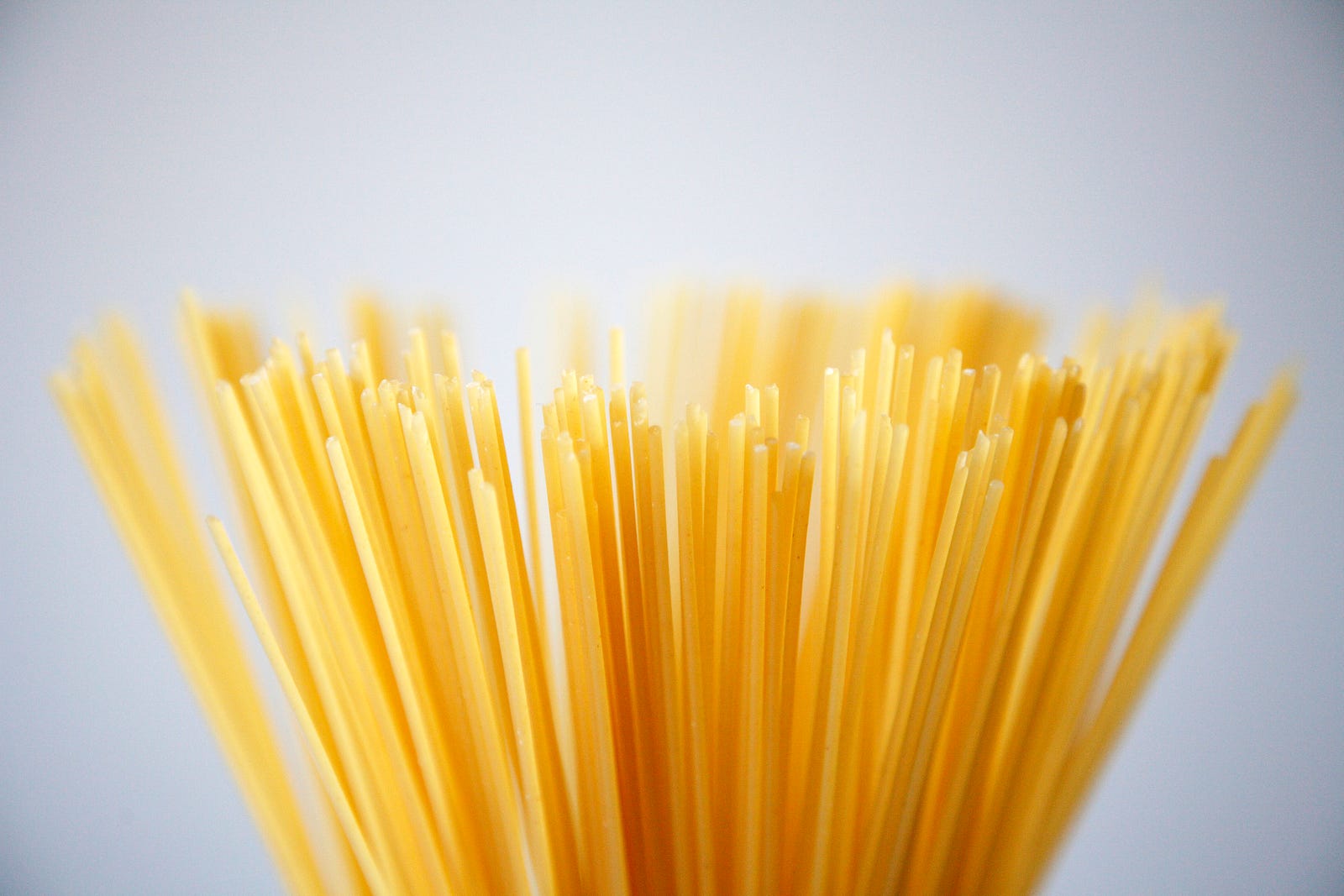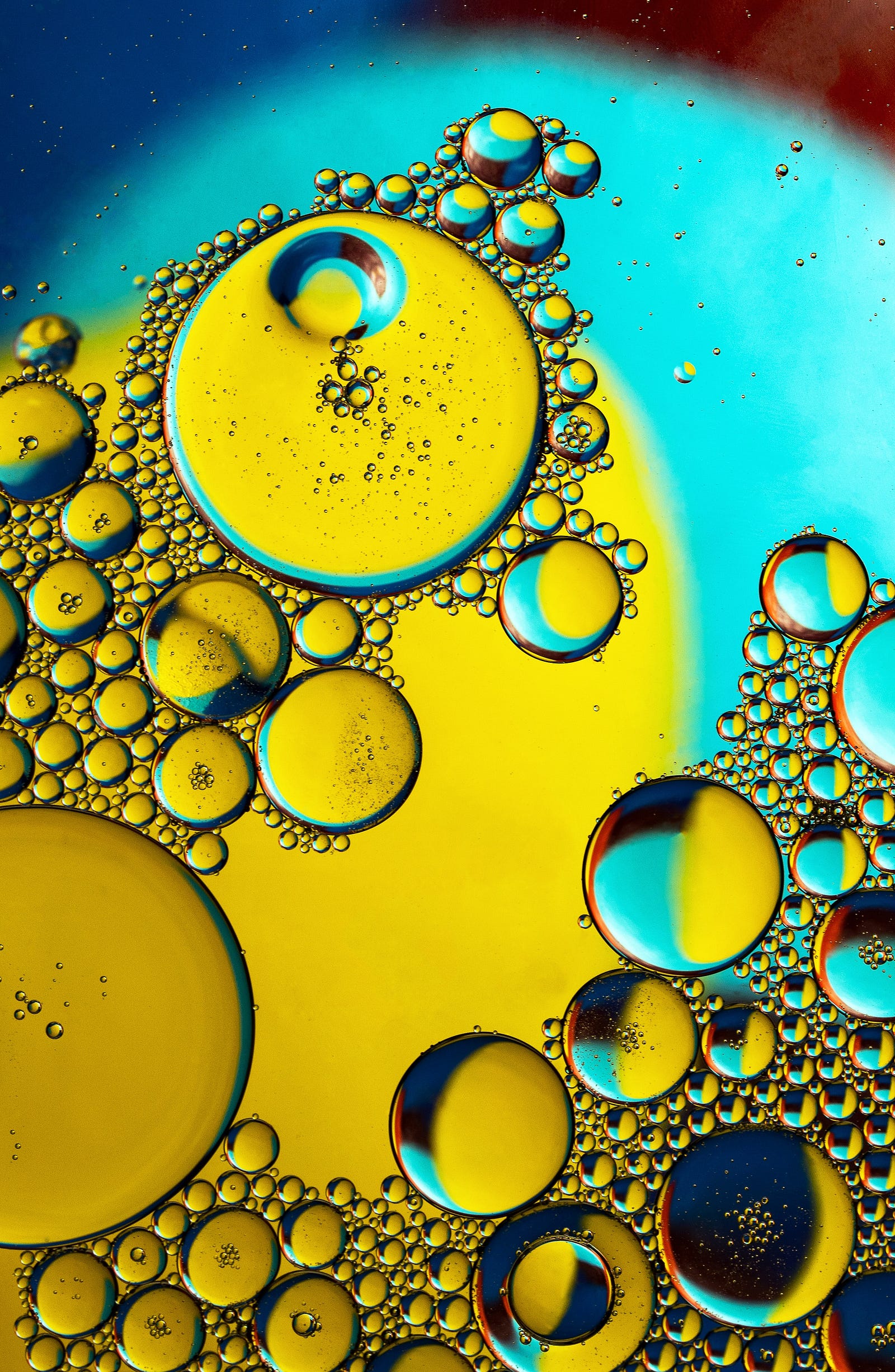DO YOU STRUGGLE TO BUILD (OR MAINTAIN) MUSCLE? Today, we’ll focus on stealing gains: How you can emulate my muscle-building diet.
Building muscle is a goal many fitness enthusiasts and athletes strive to achieve. As someone who plans to compete in a bodybuilding competition next April, I am very interested in building muscle.
Today, I will focus on how you can use diet to build or maintain muscle even if you are not planning to do a bodybuilding competition.
I’m Entering A Body Building Contest at 61. Here’s My Belly Fat Strategy.
I KNOW IT IS NOT EASY TO TARGET ABDOMINAL MUSCLES, but I have five tactics to get it done. medium.com.
Of course, I need a well-structured workout regimen for my competition preparation. However, I must emphasize the importance of a well-balanced diet.
In this essay, we will explore the key principles of a muscle-building diet, focusing on how to fuel your body efficiently and effectively to maximize your gains.
Muscle-Building Diet: The Role of Nutrition in Muscle Building
When building muscle, nutrition is often considered the foundation for all progress.
I can work out as hard as possible, but without the right nutrients, my body will not have the building blocks necessary to repair and grow muscle tissue.

Protein, A Muscle’s Best Friend
Protein is the undisputed star of muscle building. It provides the essential amino acids your body needs to repair and grow muscle fibers.
I incorporate lean protein sources like chicken, fish, tofu, and legumes.
I aim to consume a minimum of 1.2 to 2.2 grams of protein per kilogram of body weight daily to support muscle growth.
Why this amount of protein?
The collective body of evidence suggests that total daily protein intake to maximize resistance training-induced gains in muscle mass and strength is about 1.6 g/kg, at least in non-dieting conditions.
With protein supplementation, protein intakes greater than 1.6 g/kg/day do not further contribute to resistance exercise training (RET)-induced fat-free mass (FFM) gains.
How Much Protein Can I Process in a Single Session?
There is a lot of controversy about the maximum protein amount (in a single meal) we can use for lean tissue-building.
Some offer that muscle protein synthesis is maximized in young adults consuming 20 to 25 grams of high-quality protein.
Anything above this amount may be oxidized for energy or changed into urea (through a process known as transamination) to form urea and other organic acids.
The amount of protein your body can process in a single session, such as a meal or a post-workout snack, depends on several factors, including your age, gender, weight, activity level, overall diet, and individual metabolism.
Protein in a Single Session — 6 Tips
No one-size-fits-all answer exists, but I can describe how I approach the subject.
- Protein Digestion. My body can digest and absorb a certain amount of protein per hour, estimated at around 10 to 35 grams. However, this varies from person to person.
- Total Daily Protein Intake. Instead of focusing solely on how much protein I can process in a single session, I consider my daily protein intake. The recommended daily allowance (RDA) for protein varies by age, sex, and activity level. Still, a common guideline is to aim for about 0.8 grams of protein per kilogram of body weight. If you weigh 70 kilograms (154 pounds), you might aim for a minimum of around 56 grams of protein daily. However, I need more since I am training for a bodybuilding competition.
- Meal Distribution. I distribute my protein intake evenly throughout the day. I consume only some of it in one meal or snack. The former approach allows for a more steady and sustained release of amino acids into the bloodstream, which can support my muscle repair and growth.
- Post-Workout Protein. After a workout, I consume protein to support muscle recovery. After exercising, I take 20 to 25 grams of protein within an hour or two.
- Individual Variability. Keep in mind that individual factors play a significant role in protein processing. Some people may have a higher tolerance for larger protein servings in one sitting, while others may need to consume smaller, more frequent protein-rich meals and snacks.
- Health Considerations. Suppose you have specific health conditions or dietary restrictions, such as kidney issues. In that case, it’s important to consult with a healthcare provider or a registered dietitian to determine your protein needs and limitations.
In summary, there isn’t a fixed amount of protein that everyone can process in a single session, as it varies from person to person.
I focus on meeting my daily protein needs through a balanced diet and spreading my protein intake evenly throughout the day for optimal results.
If you have specific goals or concerns, please consult a healthcare provider or a nutrition expert for personalized guidance.
Carbohydrates for Energy
I also focus on my carbohydrate consumption. I get negative feedback whenever I mention boosting my carbs for muscle growth.
Nevertheless, there is an important place for carbs in your diet, especially if you’re looking to pack on a lot of muscle.

Carbohydrates are certainly controversial. Are you a dieter who thinks we should minimize our carbs? Or do you load up on them to gain energy for training?
Here is the approach suggested by the good folks at Muscle and Fitness:
Begin with one gram of carbs per pound of body weight to lose fat. Use two grams to gain.
Of course, the number will vary by individual and how quickly you want to lose or gain.
Choosing the Right Carbs for a Muscle-Building Diet
More than counting carbs is required. I need to choose the right carbs.
Eating frozen pizza is appealing but won’t help me meet my fat loss and muscle gain objectives.
On the other hand, I will continue to eat pasta. I cannot load up on pasta sauce. Potatoes? Sure, but watch out for too much gravy.
Weight Loss: Beans or Potatoes?
Both bean- and potato-based diets help with weight loss.medium.com
I use some high-carbohydrate foods to enhance muscle recovery and gain muscle mass. I am in my bulking phase for bodybuilding.
In my pre-contest phase, beginning in January, I will choose my carbs more carefully. I want to be as ripped (or as cut as the 60-year-old me can be).
My High-Carbohydrate Foods (Bulking Phase)
Here are three of my favorite high-carb foods. I use them to enhance muscle recovery and to add muscle mass.
To be clear, I am using these foods to bulk up muscle. As I get closer to my April 2024 bodybuilding contest date, I will be much more reasonable regarding carbs, fat, and calories. Here are some examples of my high-carb foods:
- Breakfast Cereal. Convenient? Check. Can be chock full of calories? Check again. One and a half cups of Cheerios offer 140 calories, 3 percent of my daily fat, no cholesterol, 8 percent of my daily sodium, and 11 percent of my total carbohydrates. The carbs include 14 percent (four grams) of my dietary fiber. The fiber slows digestion, becoming a good energy source I can eat anytime.
- Pasta. I love this condensed source of carbohydrates. If I eat four ounces (dry measure), I can quickly get 90 grams of carbs. I don’t feel so full that I cannot eat again three hours later. If I add vegetables and meat, I have a carbs-rich meal high in protein, carbs, and calories.
- Bran muffins. But read the product label. Better yet, consider making your own. Look for a high-fiber cereal with a muffin recipe on its box’s side. Instead of sugar, add a bit of honey. Throw in a couple of scoops of protein powder, and voila! You have a carb and protein-rich snack. Because the cereal fiber makes the muffin slow-burning, I use it to stay relatively lean to increase my muscle mass.
Why I Consume Carbs Before Workouts
I use carbs as my primary energy source for workouts. My training sessions are intense, and I need carbohydrates to replenish glycogen stores.
In summary, I opt for complex carbohydrates like whole grains, sweet potatoes (I am eating a slice of sweet potato pie as I write), and oats, which steadily release energy.
Healthy Fats and Hormone Regulation
Decades ago, the no-fat/low-fat diet trend swept through America. I remember that all the fats seemed to be bad.
Fast forward to today, and we know that certain fatty foods are healthy components of a balanced diet. For example, unsaturated, plant-based fats have several health benefits.

I embrace healthy fats. What is a healthy fat?
Examples include nuts, olive oil, and avocado. I need these fats for hormone production. These hormones include testosterone, which plays a significant role in muscle growth and repair.
The Academy of Nutrition and Dietetics offers this:
Generally, fat should comprise 20 to 35 percent of your total calories. For overall health and muscle strength, focus on sources of heart-healthy fats, including vegetable oils, olive oil, canola oil, and avocados.
A short workout uses carbohydrates for energy.
However, when you do longer sessions, do a longer session, your body runs out of readily available carbs. What does it do? It turns to fats.
You will run out of energy if you don’t have enough fat. My workouts span about two hours, and I can’t go through the volume I need to build muscle mass without fat.
Micronutrients and Recovery for a Muscle Building Diet
Finally, while protein gets all the glory when folks think about muscle building, I need to point out the role of fruits.
I try hard to include a variety of fruits and vegetables to provide essential vitamins and minerals.
These micronutrients aid in recovery and overall health, helping you stay consistent with your workouts.
I’ll bet fruits were not the first food group you thought about when I mentioned muscle-building.
However, fruits can help you build muscle. While protein is essential for putting on mass, good fruits have micronutrients that facilitate recovery and muscle function.
Here are my key micronutrients for building muscles:
- Calcium
- Iron. Red blood cells carry oxygen to body areas that need repair and strengthening. When you consume more iron, your body produces more red blood cells to carry oxygen. Increasing my dietary iron may help me grow stronger. I also may find it easier to recover from a hard workout.
- Vitamin D. A low vitamin D level greatly increases a person’s risk of age-related loss of muscle strength.
- Vitamin C. A study in The Journal of Nutrition showed positive trends between dietary vitamin C and fat-free mass measures for both sexes.

Hydration for a Muscle-Building Diet
Muscle and Fitness offers these six reasons I need to stay well-hydrated:
- Kidney health. Taking in adequate water helps my kidneys function properly, processing my body’s waste products.
- Blood Pressure. Dehydration can elevate your blood pressure in days.
- Performance. Being dehydrated by only two or three percent can drop my gym performance by up to 20 percent. This reduction is because my ability to regenerate ATP, move nutrients, and flush out lactic acid drastically drops when I am not hydrating enough. Adenosine triphosphate (ATP) is the energy source for use and storage at the cellular level.
- Feeling full. Increased water intake improves my satiety, which means cravings and overall hunger occur less.
- Muscle Volumization. Muscle is about 70 to 80 percent water. This percentage says something important about the value of hydration when building muscle.
- Recovery. Nutrient transportation, assimilation, gut health, and joint health correlate to hydrating. I can process food better.
Meal Timing and Frequency
In addition to the right nutrients, how and when you eat is crucial for muscle growth.
Before exercise
I fuel up before my workouts with a balanced meal with carbohydrates and protein.
This approach provides the energy I need for a productive session and ensures my muscles have adequate amino acids.
After exercise
My body is primed for nutrient absorption. Consume a protein and carbohydrate-rich meal or shake within an hour of your workout to jumpstart recovery.
Meal frequency
I aim for five to six smaller meals throughout the day.
This amount keeps a steady supply of nutrients available for muscle growth and helps me regulate my blood sugar levels.
Hydration and Supplements
Many often underestimate the importance of proper hydration for muscle growth.
Staying hydrated supports overall health and helps maintain muscle function during exercise.
Final Thoughts — A Muscle-Building Diet
In conclusion, building muscle through diet is a science that requires a combination of macronutrients, meal timing, and consistent eating habits.
It’s about providing your body with the necessary tools for growth and recovery.
Remember, there’s no one-size-fits-all approach to nutrition, so it’s essential to tailor your diet to your needs, goals, and preferences.
By adopting a balanced and purposeful approach to your diet, you can unlock the full potential of your muscle-building journey and achieve the desired results.
Finally, when you eat a diet optimized for muscle growth, you can work out at peak performance and recover faster, so you can hit the gym harder and more frequently.
2 Key Elements of My Over 60 Training Program
I AM TRAINING FOR A BODYBUILDING CONTEST. While that may sound not particularly notable, I am 60 years old. medium.com.
The information I provided in this blog is for educational purposes only and does not substitute for professional medical advice.
Please consult a medical professional or healthcare provider for medical advice, diagnoses, or treatment. I am not liable for risks or issues associated with using or acting upon the information in this blog.
Thank you for reading “A muscle-building diet.”




